-
Posts
6,217 -
Joined
-
Last visited
-
Days Won
120
Content Type
Profiles
Forums
Downloads
Gallery
Posts posted by Michael Aivaliotis
-
-
-
Hmmm.
Does that mean you would have 2 repostories one for packages and one for zip files? Or do you mean that you will not accept a submission UNLESS it is packaged for VIPM?
The LAVA CR Web front-end (what we already have now) accepts Zip files or Packages. This will not change.
We don't have a VIPM compatible LAVA CR repository yet and I don't know if we will ever have one. But I would love to have one and if the LAVA community yells loud enough (hint hint) maybe we will. Who knows

But in this hypothetical future, if we did have a VIPM compatible LAVA CR repository, then only packaged submissions would go into that repository since that is the only format compatible with the VIPM repository. However we would continue accepting Zip files and packages into the LAVA CR Web front-end.
-
In this specific case - you can't use a naming convention as you have to install the Hook and name it what NI have called it.
Ah, you're right.
VIPM 2010 has a new built-in file counter feature which kicks-in when overwriting duplicate files. This means that when you uninstall a file, it is not removed completely until the file counter goes down to zero. However there is nothing we are doing right now to force an uninstall of a package unless, as you correctly stated, you declare a conflict. Of course you need to know what package to create a conflict for.
One thing to consider is how to restore the original NI VIs. Are you performing a pre-install action to back them up and a post-uninstall action to restore them?
How would you handle the submissions to the LAVA repository that aren't packaged in a VIPM distribution?
Currently LAVA CR accepts submissions as Zip files or Packages. Only packages would be submitted to the LAVA (VIPM compatible) Repository.
-
Off Topic?
Aside from names there are also going to be cases of installing to the same location - I don't know how that could be controlled?
E.g. I have a make a package that installs LVOOP Accessor Hooks, you make one too - how does VIPM keep track of that?
Installing one will overwrite the files of the other whilst VIPM still thinks its installed.
The only way would be to include it as a conflict package.
In this specific case, LVOOP Accessor Hooks, I would suggest using a renaming convention (prefix or suffix) for your VIs.
Also, NI has come up with conventions for Add-On developers located here: http://decibel.ni.co...d-on-dev-center
Specifically, here is a doc that explains the recommended folder names for installing your stuff: http://decibel.ni.co...t/docs/DOC-8737
You really need to pay attention to where and how you install your stuff. VIPM 2010 already has all the NI conventions built-in.
I think it'd make more sense to have LAVA packages in a LAVA repository - then "LAVA" or "LabVIEW Advanced Virtual Architects" or "lavag.org" or whatever we want would show up in the repository field.
I assume you mean it's more important to have a LAVA Repository than it is to have a LAVA label in the product or filename. Right?
I agree.

-
Even though package filenames\unique identifiers are important. They are not that critical with the latest release of VIPM 2010. We don't display these anywhere in the user interface of the VIPM install process or even in the package list. We are now using Product Names. So if you are building a package with VIPM 2010 (jgcode, why aren't you?), you can now specify a user friendly Product Name which is independent of the package filename\unique identifier.
Yes, package filename\unique identifier are important, since this is what VIPM uses to determine package upgrades.
As far as naming convention. I'm selfishly concerned here about LAVA submissions. I would like to see all LAVA Code Repository packages have LAVA in the product name or the filename (or both). In addition to being installed beneath a LAVA category in the palettes or menus (if it's a tool).
As far as categories and tags. Yes! we agree that this is a great feature to have in VIPM. But we don't have it yet.

-
Something related:
<iframe class="youtube-player" type="text/html" width="640" height="385" src="http://www.youtube.com/embed/1QHzI5HmXl4" frameborder="0"></iframe>
-
As a best programming practice, If you will be doing this often. I suggest you use the conditional disable structure so your VIs will not be broken. In the Mac frame place code that generates some dummy data or is a placeholder.
-
Most PDF apps show up as printers in Windows. I assume you want to print from LabVIEW. Just perform a printing action as you normally would through LabVIEW and select the PDF writer as your printer.
-
Just created a new forum here on LAVA for Certification and Training.
If you see any topics that should be moved to this new forum then please flag them and they will be moved.
-
Ya, you just vanished. Wasn't sure what happened there. Did you get a ride in Norm's chick-mobile? We had to walk all the way back.
-
At the LAST minute the trip was approved! so I am writing this from the bar at the Iron Cactus! wonder where everyone else is? (maybe if I was on twitter I would know?)
We were at the Iron works bbq. Ya, you really need twitter for niweek.
-
I've installed it, and I can see the forums, but I the picture icon (which I assume would let me upload images) is disabled and grayed. Do I have to create an album in the gallery first or something?
ETA Creating album didn't help. Does it not upload photos on iPhone 4?
Christina. The app is a little finicky.
Here are how the screens should look like:
Notice that it shows me logged-in. Make sure you are logged-in.
-
A cluster is a collection of datatypes. And datatypes can be constants.
-
 2
2
-
-
My tips and trick for NIWeek 2010. Probably applies to any NIWeek.
- Go to The Gingerman on Sunday night. The Gingerman has turned into the unofficial pre-show kickoff for LAVA members. You can go there whenever, but most of us start showing up late after the sun goes down. They have a backyard patio, so don't look inside the restaurant. Walk all the way through the back doors!
- Don't spend money on food. NI feeds their guests well. Also make sure to get to the keynote early because they serve breakfast in the halls outside the keynote area. Lunch is served between 11:30am-1pm at the exhibit hall.
- Don't sit in your hotel room. If you don't know where to go after the convention center closes for the day, then go walk on 6th street. You're bound to find someone from the show walking around. A lot of us like hanging out at Buffalo Billiards. Check in there. In any case, you'll love the live music wherever you end up.
- Don't rent a car. You won't need one. Austin is a small city and you can probably walk everywhere you need to go.
- Beware of Drunk Catchers: These are huge openings in the ground between the sidewalk and the road. Norm almost lost a leg in there. They say it's to drain the water quickly to prevent floods. I think it's to trap drunken NIWeek attendees.
- Use Twitter on your mobile phone to keep track of where all the cool people are and what their doing. You want to be cool too don't you, what's wrong with you? Follow LAVA and also follow the followers of LAVA. Also follow: NIWeek, LabVIEW.
- Come to the LAVA BBQ: If you don't have a ticket, sorry. Also sorry, if you're a vegetarian.
- Hang out at the JKI Booth: I'll be there (Booth 841 in the exhibit hall) and so will many other LabVIEW Champions and friends of LAVA. If you're going to hang out at someone's booth, then it should be there.
- Make it to all evening activities: NI sponsors many night time activities. Find out about them and join in. They're always fun.
- Don't hang out at Coyote Ugly: Many of us cary cameras and we will take compromising pictures of you and put them in the Gallery.
- Post your photos to the LAVA Gallery: Just go to the NIWeek 20xx category, create an album and then post them in your album. You can also post photos directly from your iphone with the new iphone app.
- Attend the keynotes: Even if you've got a major hangover, try to wake up for the keynotes. They're awesome!
- Only attend the Advanced Sessions: Trying to make it to all the sessions is impossible. Pick the ones that give you the most bang. For me, it's the Advanced LabVIEW sessions in the Software Development Track. (Shameless Plug). BTW, bring a sweater or fleece, just in case. The session rooms can become very cold.
- Talk to people: Above all, it's about meeting with everyone you couldn't at any other venue. All the folks on LAVA and the Dark Side. Most of all, the NI developers of LabVIEW. Find them, track them down, thank them for their hard work and then complain about all the features that are still not in LabVIEW. PS: Jeff Kodosky, the father of LabVIEW can always be found hanging at the show (Tweet if you spot him).
I also want to mention that I will be posting videos every day from NIWeek for those that can't make it. I can do this because I'll be using my iPhone exclusively to capture video, do the editing and uploading to Youtube. Subscribe or RSS feed it here.
-
 2
2
-
Mainly it provides an App interface to LAVA, but most importantly allows you to post photos right from your phone directly to your albums in the Gallery.
When asked for the Forum URL in the app use: http://lavag.org
-
I went to http://www.capmetro.org and found a bus that leaves from 6th street.
-
 1
1
-
-
Direct Download Link (32bit)
Direct Download Link (64bit)
Please use this thread to discuss all the new LabVIEW 2010 features.
-
 1
1
-
-
from what I could see the maximum people is 5 for a PM conversation
Admin Note: I just changed the PM limit to 10 people from 5.
-
 1
1
-
-
Sounds like a LAVA Coding Challenge.
-
PS: Thanks for props. to LAVA BBQ. -
Hey Mikael. That was another function I used but it wasn't working for me. I was setting the hWndInsertAfter parameter to 0 (Places the window at the top of the Z order). However by setting it to -1 and then back to -2. I managed to get the result I needed. :-)
Thanks!
-
I need to programmatically force my LabVIEW application to become frontmost on a Windows system. Basically I want it to punch through any currently open application windows and become the main active app.
What I've tried:
- I ran the SetForegroundWindow Windows API function. This causes the titlebar to flash and draw attention for a short while but does not make it frontmost.
- I ran the BringWindowToTop Windows API function. This does not make it frontmost.
- I made my application window floating. This does appear to work. However this causes other problems since the window which I need to be frontmost is also a dialog box. So I don't want the user to click behind the dialog box onto my main application window.
- I tried using the floating window property (as mentioned above), then quickly made it modal again. This has the affect of flashing the window to the user and then disappearing behind any other app windows. Not good and also confusing.
So, is there any way to do this?
-
-



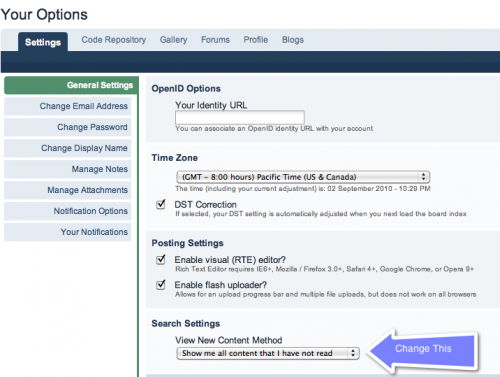
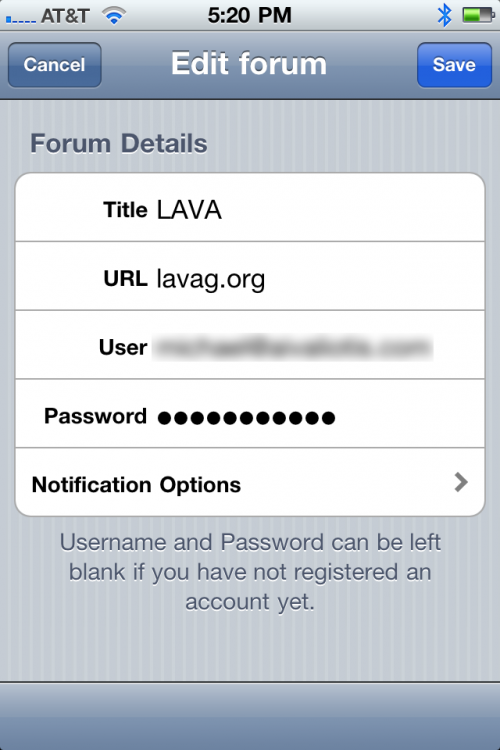
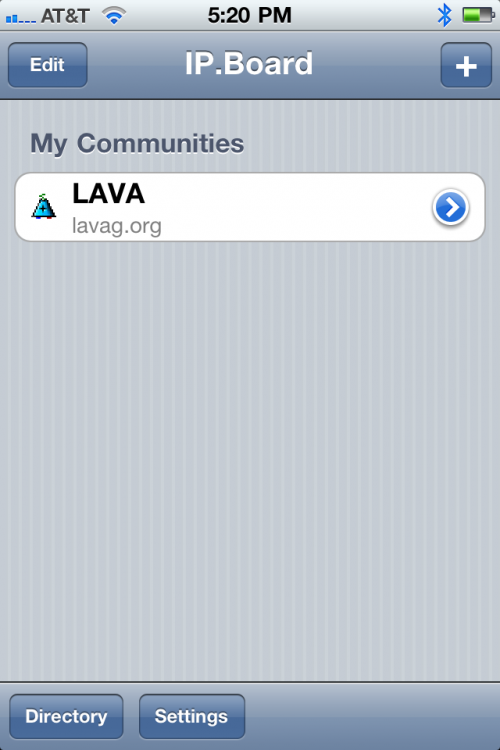
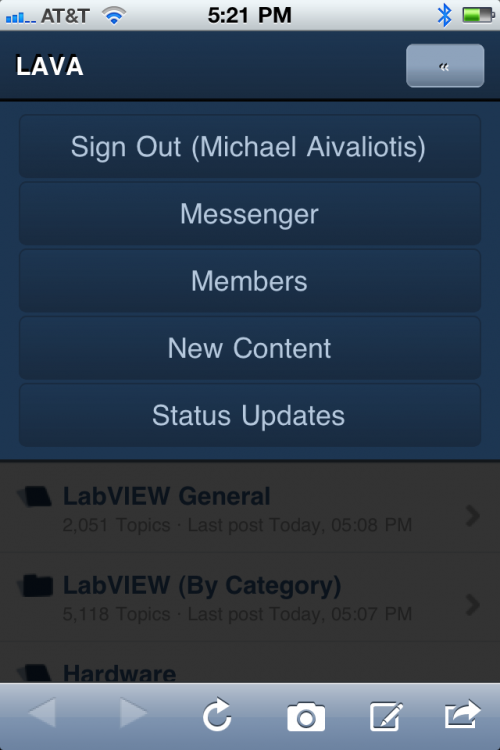
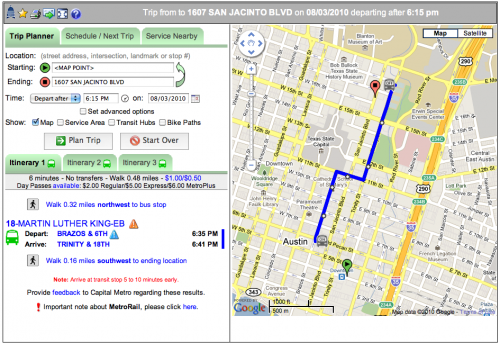
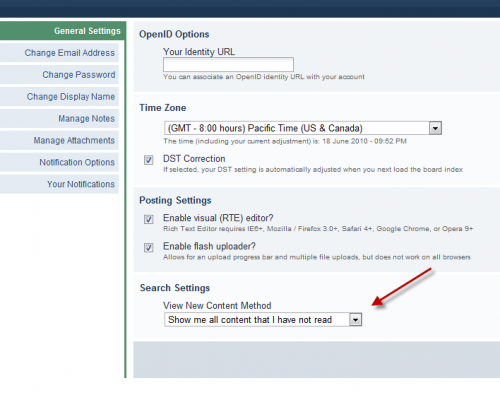
Package Name Standardisation
in Application Builder, Installers and code distribution
Posted
I really like that icon. I vote we use that as the palette category icon.